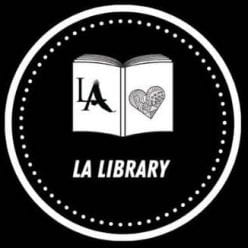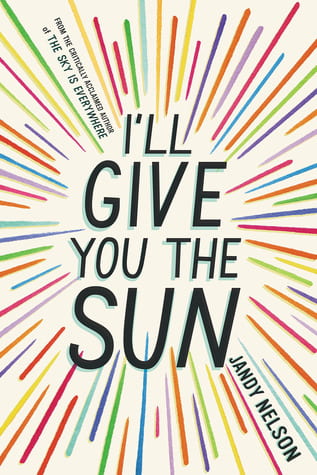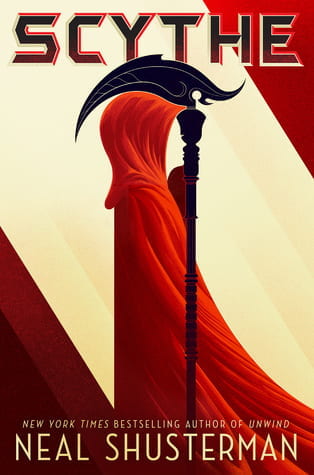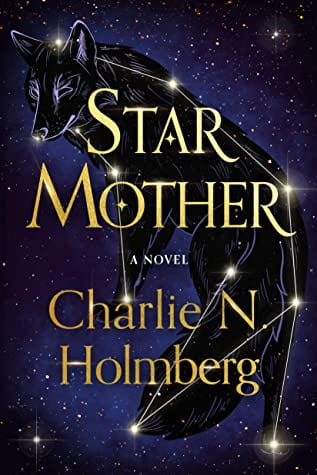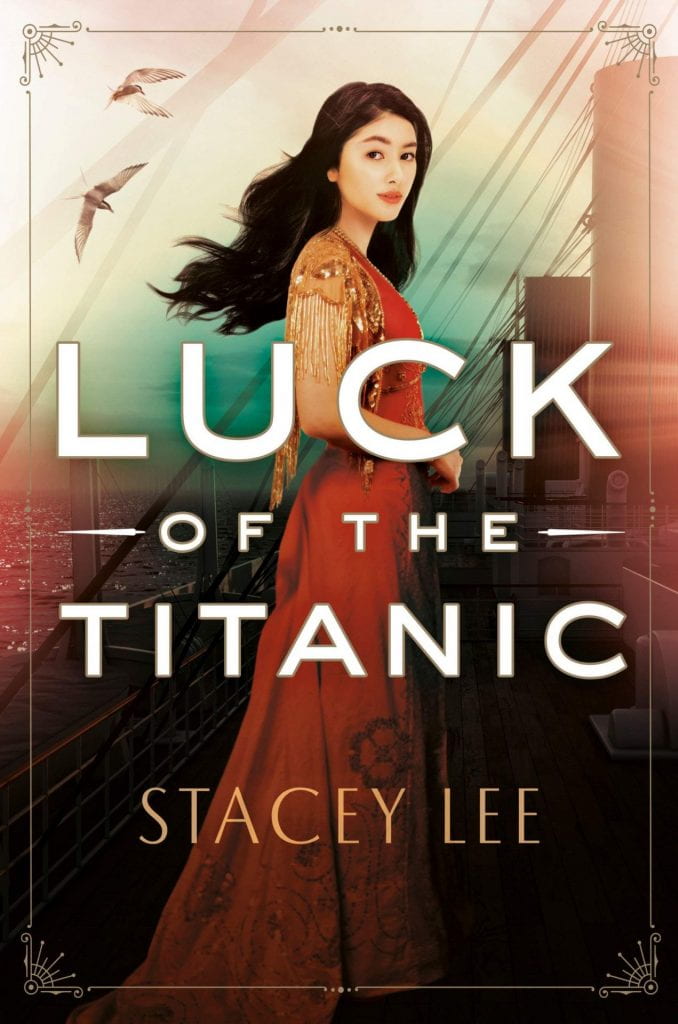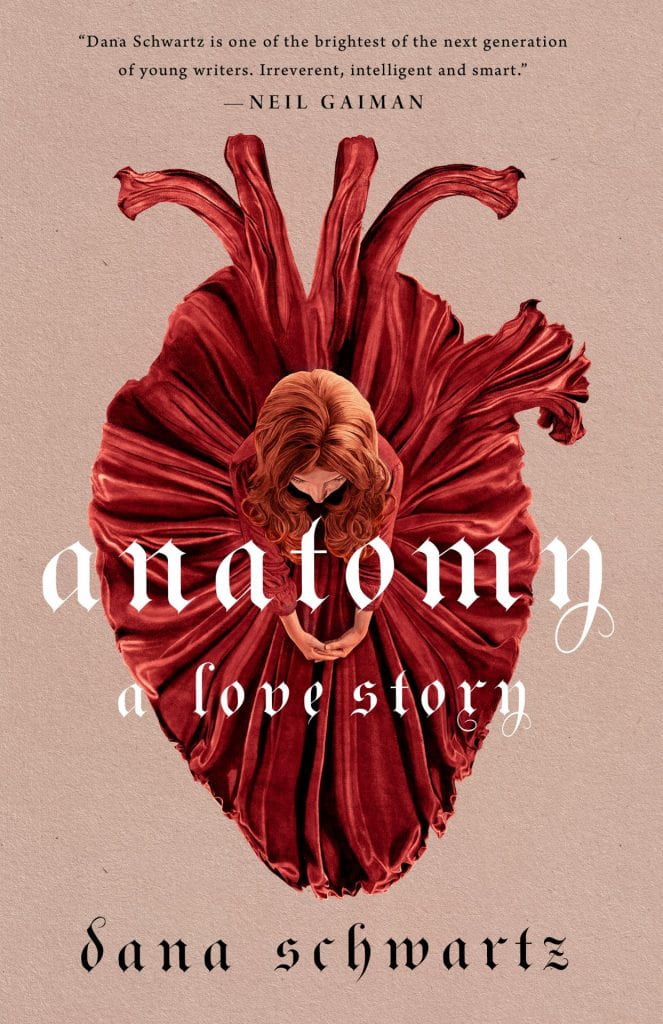
I finished Anatomy: A Love Story two minutes ago, and I have to say that I have never been more irked by the conclusion of a novel. But nevertheless, I persevere.
Anatomy: A Love Story by Dana Schwartz is a historical fiction novel set in early 17th century Edinburgh that follows Lady Hazel Sitten, a young visionary who aspires to become a surgeon despite both being a woman and the chains of polite society. She finds an unlikely ally in Jack Currer, a “resurrection man” who specializes in digging up bodies and marketing them to scientists and physicians for the sake of experiment.
I read this entire book in one afternoon, which is typically an indicator of two things: the plot is fast-paced and engaging, but also lacks a depth of themes or any impressive development of characters or issues. That’s not to say I didn’t enjoy it; Anatomy: A Love Story contains several likable elements: a lion-hearted heroine, mystery in historical Scotland, romance, and an intriguing focus on medicine. Hazel Sitten is a resilient and kindhearted protagonist who possesses a Hermione Granger-esque spirit, making her easy to root for. Further, the concepts employed by the plot are fascinating in and of themselves, such as medicinal breakthroughs of the 17th century, the nascent stages of female scholarship, and class conflict.
Anatomy: A Love Story rang eerily similar to Stalking Jack the Ripper by Kerri Maniscalco in the sense that it’s primarily a mystery told from the perspective of a medically proficient young woman and her charming sidekick-slash-love interest. All in all, I enjoyed the book, although I doubt it will stick with me for long. It was both entertaining and fascinating and checks all the boxes of a perfect quick read.
As for the ending, I found it very uncalled for. It’s almost as if the drama of the conclusion was more than the story itself could support. I’ll say this––if you are looking for a book with either a happy or satisfying ending, Anatomy: A Love Story is not the one you seek.
